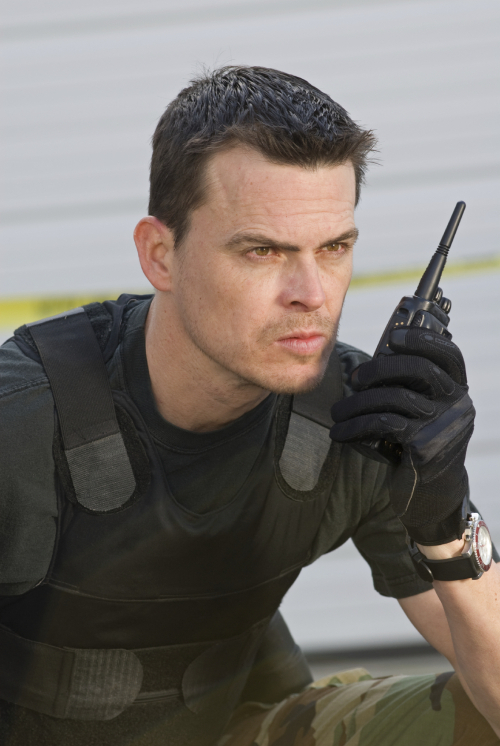 In a world rocked by terrorism, war and mass shootings, people everywhere are on high alert. Add in other crises, such as natural disasters, everyday crime and cyber threats, and it’s no wonder law enforcement and security agencies are taking a close look at what they can do differently to control crises, protect citizens and save more lives.
In a world rocked by terrorism, war and mass shootings, people everywhere are on high alert. Add in other crises, such as natural disasters, everyday crime and cyber threats, and it’s no wonder law enforcement and security agencies are taking a close look at what they can do differently to control crises, protect citizens and save more lives.
Training has long been a key part of how law enforcement and military agencies work to prepare for crises. Now many communities are also teaching citizens how to protect themselves in these situations through public trainings, such as one the police held recently in an Atlanta suburb. About 80 people turned up for that town hall meeting, versus the half-dozen or so who typically show up for these events, an indication of how much interest there is in public safety today.
While it’s important for people to know how to react in a crisis, law enforcement, security and medical personnel are still primarily responsible for protecting us. According to experts, one major problem has been non-interoperable communications technology that hinders timely and effective information sharing. Interoperability – which enables organizations using different communication systems to exchange and make use of important information in time of crisis – is essential to improving emergency response and saving lives.
What if you were in this situation?
In crisis situations, communication is one of our most valuable assets. Here’s why: imagine a group of masked gunmen enters a downtown office high-rise filled with busy workers. The security guard at the entrance is able to alert 911, and personnel from the city and county sheriff departments and emergency medical services are immediately deployed to the building. The gunmen move to an office on the seventh floor, where they take hostages and fire shots at several people who try to escape.
Several members of the city police department make it to the seventh floor, but because of differing communications equipment that cannot talk to each other on different channels, bands, frequencies or talk groups, they aren’t able to tell the county sheriff and EMS what’s going on, nor that two of the gunmen have escaped through a stairwell and are heading to another location. In addition, there is no effective way to communicate with other workers in the building who’ve heard the gunshots, seen the dozens of police and emergency vehicles surrounding the building or heard rumors from friends and co-workers inside and outside the building. People begin clogging the stairwells and elevators, escalating the panic and preventing law enforcement officers from finding and stopping the gunmen.
By being able to share information – quickly and securely – with one another, police, emergency and medical professionals would be better able to help arrest the crisis, as well as assist and notify the people directly in the line of danger.
 Interoperability provides a better way
Interoperability provides a better way
Whether for physical security, cyber security or public safety, federal agencies, local first responders, healthcare organizations and commercial entities must be able to efficiently collaborate to protect the safety of our nation, critical infrastructure and the public at large. In many cases, that isn’t happening today, and that needs to change.
Last year Congress passed and President Obama signed into law the Department of Homeland Security Interoperable Communications Act. Work is already underway to achieve the goals of this law, which requires US government agencies to achieve and maintain interoperable communications. Technologies like AtHoc’s Networked Crisis Communications platform are playing a key role in building these connected communications networks.
On January 14 at 10 a.m. Pacific, 1 p.m. Eastern, AtHoc, a BlackBerry division, will host a free webinar to discuss how federal government agencies are acting on this legislation and how their vision for interoperability is already being put into motion in Washington, DC, and beyond.
During the webinar, Interoperable Communications in the National Capital Region and Beyond, AtHoc executives Ramon Pinero and Medio Monti will be joined by Pentagon Force Protection Agency expert Eddie Herchert, who has 15 years of experience with Department of Defense agencies.
Webinar participants, including law enforcement, first responders, local agencies and organizations and others, will have the opportunity to hear from these experts and learn more about what’s being done to achieve interoperability and what they can do to facilitate a safer world.
Don’t miss your opportunity to learn more about what’s being done to boost interoperable communications in order to improve public safety. Register today for January 14th’s Interoperable Communications in the National Capital Region and Beyond webinar at https://cc.readytalk.com/cc/s/registrations/new?cid=n1mxgwn4xvh1.